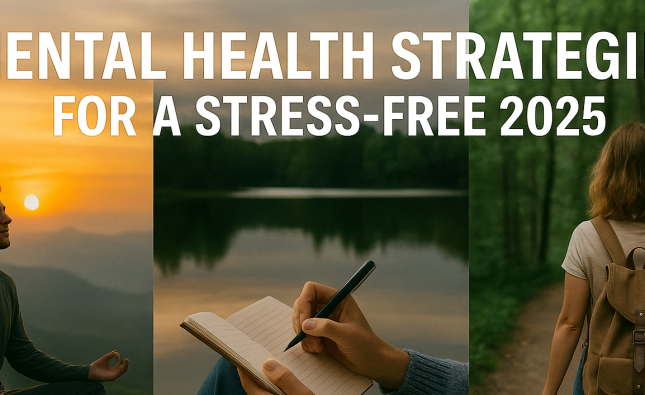
Introduction: In a world that often feels chaotic, music has long been a refuge for solace and expression. Beyond its capacity to entertain and uplift, recent scientific research suggests that music may have a profound impact on our physical well-being. This article delves into the fascinating connection between music and physical health, shedding light on the therapeutic potential of melodies, rhythms, and harmonies.
Body:
- The Healing Power of Rhythm: From ancient tribal rituals to modern-day therapeutic practices, rhythm has played a vital role in human societies. It turns out that our physiological responses to rhythm run deep within us. Studies have shown that synchronized musical beats can positively influence heart rate, blood pressure, and even the respiratory system. The power of rhythm lies in its ability to regulate and entrain our body’s natural processes, offering a pathway to physical well-being.
- Harmonies that Heal: Harmony, the interplay of multiple musical notes, has a profound impact on our emotions and mental states. Just as certain chords can evoke joy or sadness, they can also influence our physical health. Researchers have discovered that listening to harmonious music stimulates the release of endorphins, the body’s natural “feel-good” chemicals. This release can help alleviate pain, reduce stress, and enhance our overall sense of well-being.
- Music as a Stress Reliever: The pressures of modern life can take a toll on our physical health, leading to conditions such as high blood pressure and weakened immune systems. Music, however, has the power to counteract these effects. Numerous studies have demonstrated that listening to calming melodies can reduce cortisol, the stress hormone, and promote relaxation. By creating a soothing environment, music becomes a tool for stress management and fostering better overall health.
- The Therapeutic Potential of Music: Beyond mere relaxation, music therapy has gained recognition as a legitimate form of treatment in healthcare settings. Trained music therapists utilize sound and rhythm to address physical ailments, such as chronic pain and mobility issues. Whether it’s through drumming, singing, or guided listening, music therapy taps into the inherent connection between music and physical well-being, promoting healing on multiple levels.
- The Importance of Personal Preference: While the scientific evidence supporting the link between music and physical health is compelling, it’s important to acknowledge that personal preference plays a significant role. Each individual responds uniquely to different musical styles and genres. What brings solace to one person may not resonate with another. Recognizing and respecting this diversity allows for a more personalized and effective integration of music in promoting physical wellness.
Conclusion: As we delve deeper into the relationship between music and physical health, it becomes increasingly clear that this ancient art form holds remarkable potential as a therapeutic tool. The rhythmic and harmonic elements of music possess the ability to soothe, heal, and restore balance to our bodies. Whether it’s through professional music therapy or simply indulging in our favorite tunes, incorporating music into our lives can be a powerful act of self-care, nurturing both our physical and emotional well-being.










